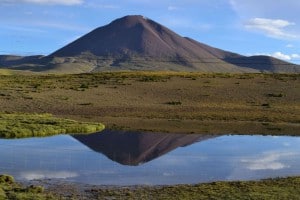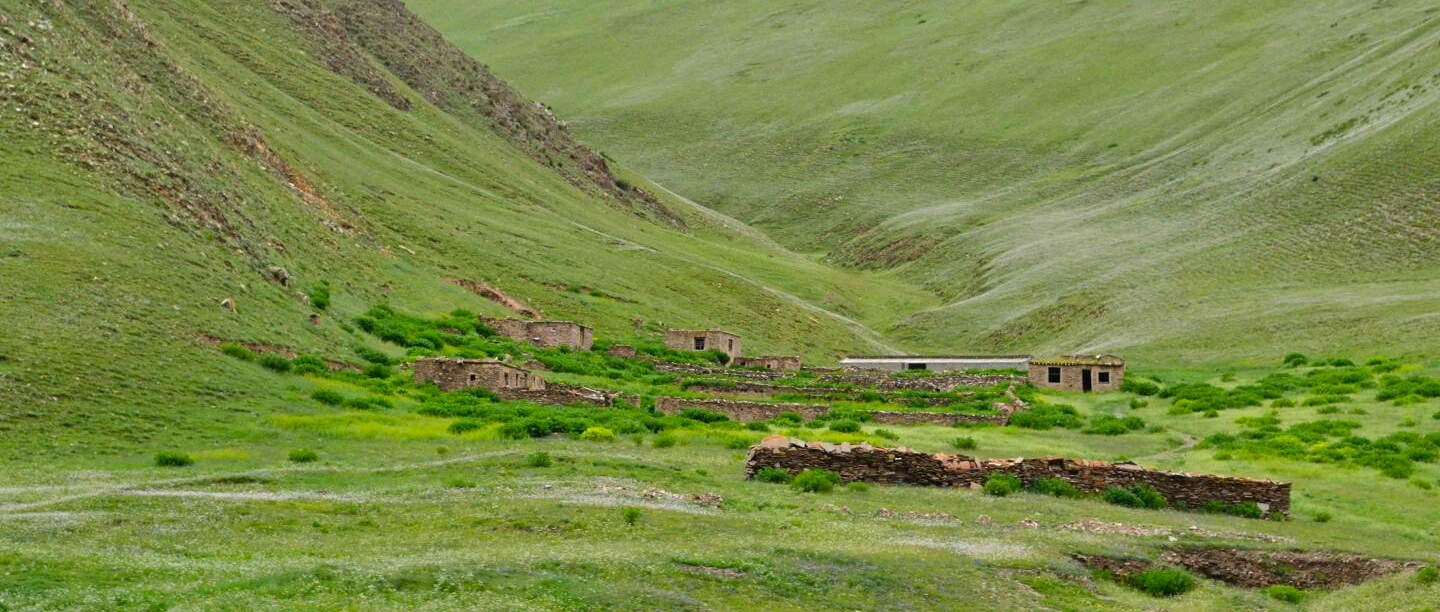Share this article
What Lies Beneath: Examining Soil Biodiversity
In the face of a changing climate, researchers are calling for more focus on an elaborate ecosystem that lies just under our feet and may have a huge impact on the function of Earth’s environment as a whole.
“Biodiversity below ground is neither very visible nor very cute, but pick up a handful of soil and you might find more species there than all of the vertebrates on the planet,” said Aimée Classen in a release. Classen is from the Center for Macroecology, Evolution and Climate at the University of Copenhagen and a coauthor of a recent study published in Nature Communications. “We need to turn our attention towards these organisms, if we are to better understand the ecosystems we depend on for a range of functions.”
As much as 32 percent of ecosystem variations like carbon storage and available nutrients are linked to the biodiversity of bugs, bacteria, worms and other life under the soil, but surprisingly little is known about the way these ecosystems work.

As part of a recent study carried out across the Tibetan Plateau, researchers showed how soil biodiversity regulates a suite of functions in ecosystems. Image Credit: Xin Jing, Peking University
The researchers wanted to see the various ways in which soil diversity related to other ecosystem functions and looked at 60 different sites of alpine grassland in the Tibetan Plateau in China. The area proved a great outdoor laboratory for its diversity in climates across a relatively small area, with different rainfall rates, temperature and soil acidity in the various sites chosen. They found that all the sites had some effect on the various effects of the ecosystems above ground.
“Ecosystems have multiple functions, which are all important. They store carbon in soil and biomass which has massive implications for climate change, but they also hold back and release various nutrients which have effects on natural areas as well as agricultural yield,” said Xin Jing, from Peking University, in a release. Jing is the lead author of the study. “Therefore, we need to be concerned with the multiple functions of ecosystems, what controls them and how this might change with climate change.”
Classen said that the same pattern is likely to be found in many ecosystems around the world — and particularly in areas with a lot of rain.
“That is important because scientific studies often focus on temperature — not precipitation — when predicting how ecosystems will respond to future changes such as climate change.”
Header Image: As a result of its extensive variations in climate, the scenic Tibetan Plateau in China served as an ideal site to determine the effects of biodiversity below ground on ecosystems in general.
Image Credit: Xin Jing, Peking University








